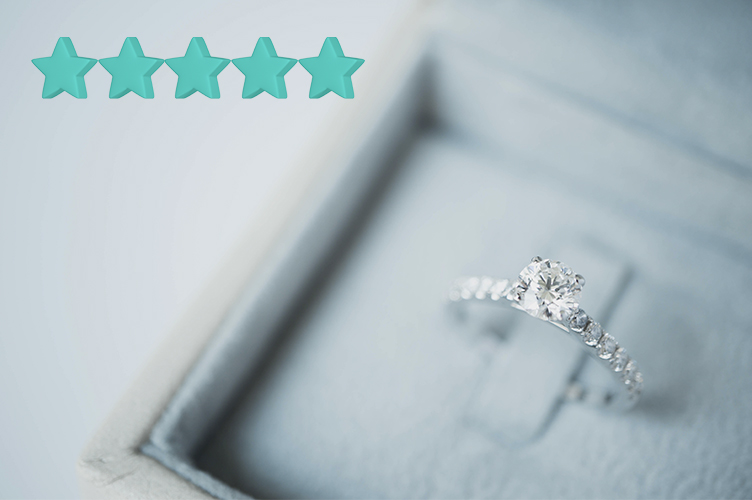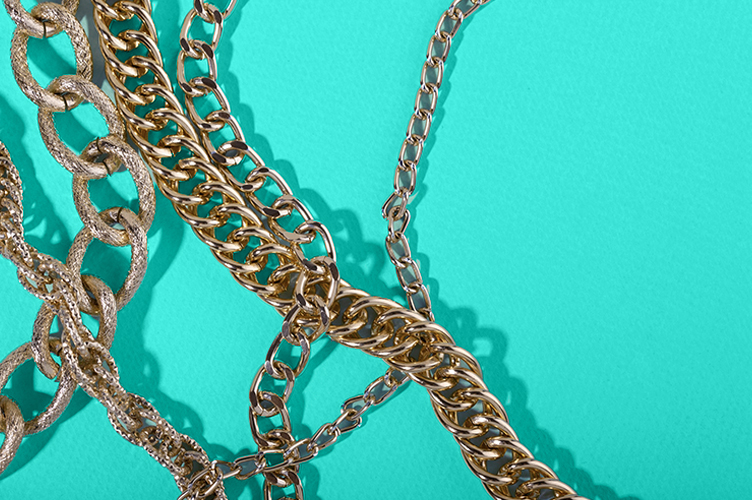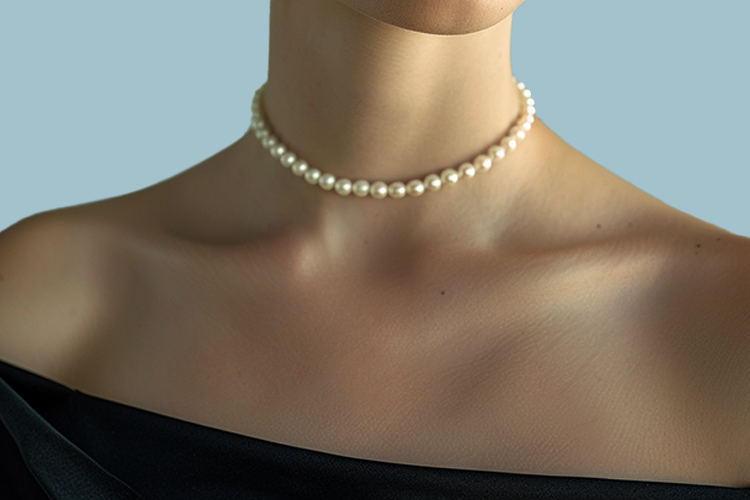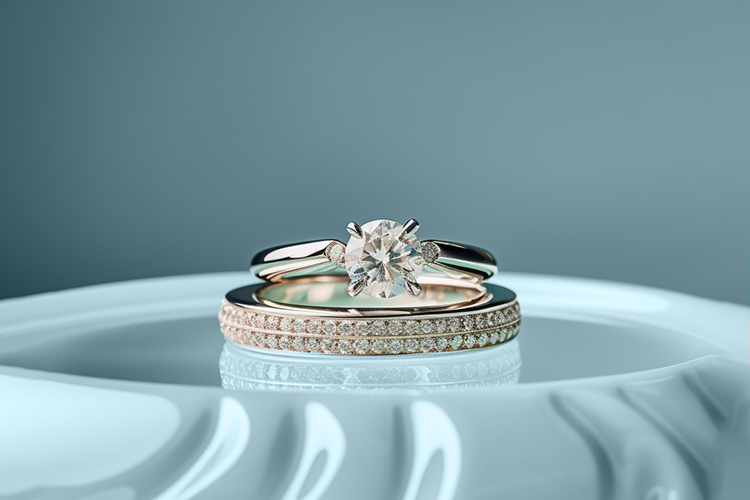Lab-grown diamonds were first produced in the 1950s for use in industrial applications; however, it wasn’t until the 2010s that they were introduced to the jewelry industry. Recently they have become a popular alternative to natural gems.
Lab-Grown vs. Natural Diamonds: What is the Difference?
The primary difference between an organic and a synthetic diamond is their age; one is millions of years old while the other is grown in a lab over several weeks. However, there are several other factors to consider when comparing the two gemstones, including:
Formation and manufacturing
Natural diamonds are formed when carbon deposits, found approximately 90 to 125 miles beneath the Earth, are subject to intense heat and pressure. The conditions for diamond formation require at least 725,000 pounds per square inch of pressure and temperatures of 2000 – 2200°F. Diamond deposits rose to the surface of the Earth during deep volcanic eruptions that occurred eons ago, allowing diamond miners to source the raw stones.
Synthetic diamonds are created under similar conditions to natural diamonds; however, these conditions are generated inside carefully controlled laboratories. Two methods for creating diamonds in a lab are HPHT and CVD.
During the HPHT (high pressure-high temperature) process, a high purity carbon source is placed in a growth chamber heated to 2300 – 2900°F with pressure above 870,000 pounds per square inch. This melts the carbon source causing it to deposit on a diamond seed inside the chamber. A diamond seed is a small sliver of natural diamond crystal about the same width as a human hair.
CVD (chemical vapor deposition) introduces a gas, such as methane, to a vacuum-sealed chamber containing a diamond seed. The chamber is then bombarded with microwaves, breaking down the gas molecules into carbon, allowing them to deposit on the diamond seed.
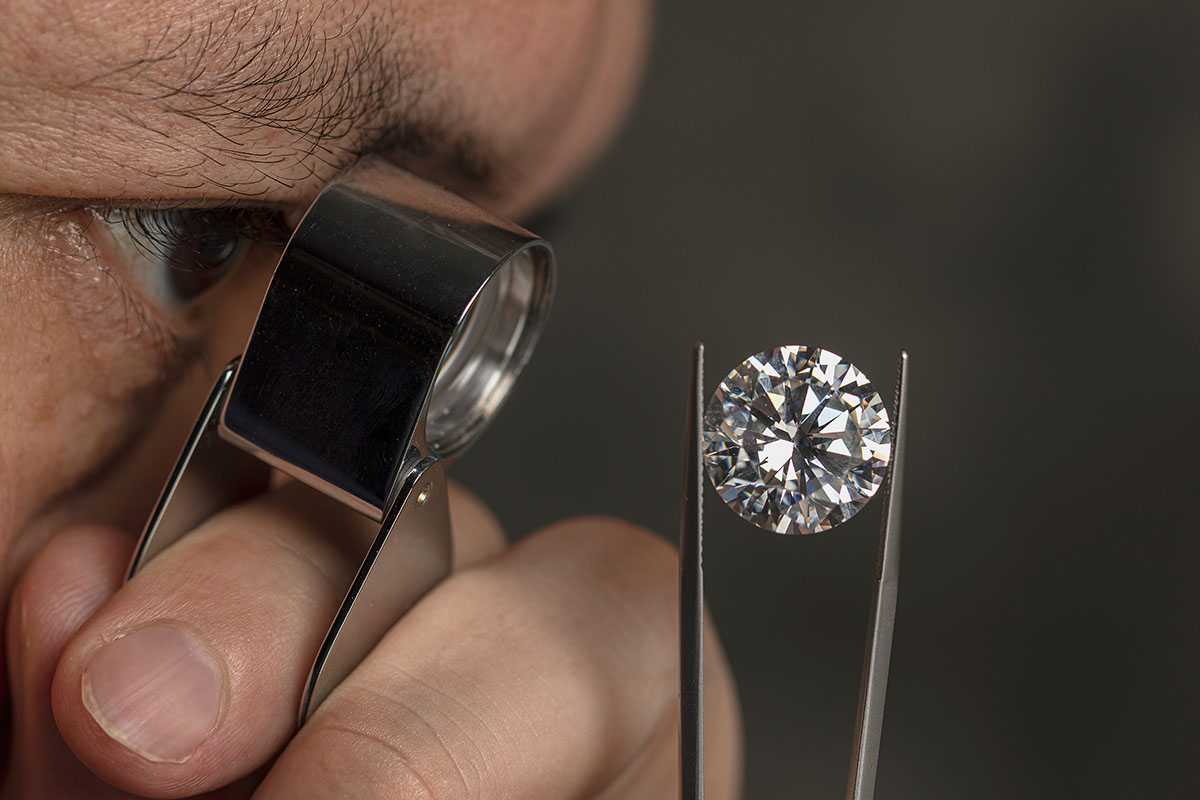
Morphology
Due to the differences in crystal formation between natural and synthetic diamonds, they have a different morphology (which can also affect their physical properties like light and color distribution).
A natural diamond crystal typically has a symmetrical octahedron shape with eight growth directions. An HPTP diamond is cuboctahedral with 14 growth directions, and a CVD diamond is shaped like a cube with a single growth direction.
These shapes are typically lost after cutting; however, gemologists and jewelers can still look at the differing fluorescence patterns using UV light to determine the gemstone’s morphology.
Price
There is a significant price difference between lab-grown and natural diamonds due to supply and demand. Because natural diamonds take millions of years to form, global supply is limited, while lab-grown diamonds have no supply cap.
These differences have resulted in a market that prices lab-grown diamonds up to 60% cheaper than natural diamonds. This allows consumers to buy a lab-grown diamond with the same carat value, cut, clarity, and color for a fraction of the cost of a natural diamond.
However, there is also a difference in resale value. Natural diamonds retain approximately 50% of their initial value, while lab-grown diamonds have a steep depreciation rate.
Hardness
Because both lab-grown and natural diamonds have the same chemical composition, they both rate a 10 on the Mohs hardness scale. This ensures optimal durability and makes them both suitable for a range of applications, from diamond-tipped drill bits to engagement rings.
Should I Buy a Lab-Grown or Natural Diamond?
There is no visible difference between a lab-grown and a natural diamond, so the choice comes down to your budget and personal preference.
In recent years, there has been a growing debate over the environmental impact of lab-grown diamonds. On one side are the lab-grown diamond companies, who argue that traditional mining practices are damaging to the environment. On the other side are the natural diamond companies, who argue that lab-grown diamonds require immense amounts of energy to produce, and leave a large carbon footprint. In 2018, the Federal Trade Commission adjusted their guidelines, removing the words like “environmentally friendly” from the description of lab-grown diamonds. Until we have a non-biased party coming in and setting standards based on assessing which one is better for the environment, we really can’t say for sure.
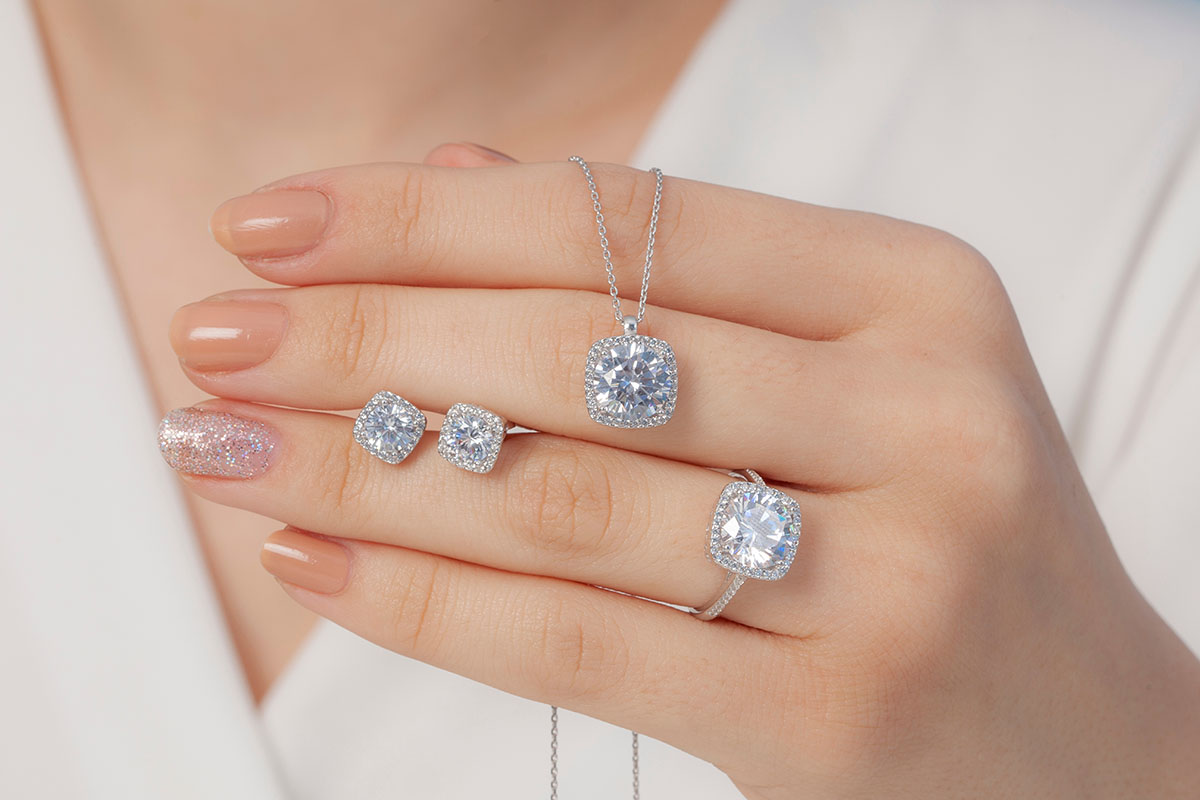
Protect Your Diamond Jewelry With BriteCo™
Whether you purchase a lab-grown or natural diamond, it is crucial to protect your valuable jewelry with insurance from BriteCo.
BriteCo’s Fine Jewelry insurance policy offers up to 125% of the appraisal price in coverage for repairs or replacement of your diamond jewelry with a zero deductible. Use our convenient online tool to get a quote for an affordable monthly or annual payment.
Also Check:
Are Lab Grown Diamonds Real? | BriteCo Jewelry Insurance
What is the Difference Between Platinum and Silver?
Disadvantages of Lab-Grown Diamonds | BriteCo Jewelry Insurance
The Best Lab Grown Diamond Rings | BriteCo Jewelry Insurance
Lab Grown Diamond Necklace: An Expert’s Pick




